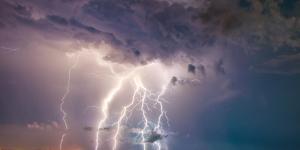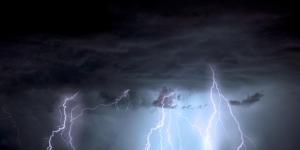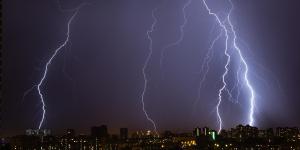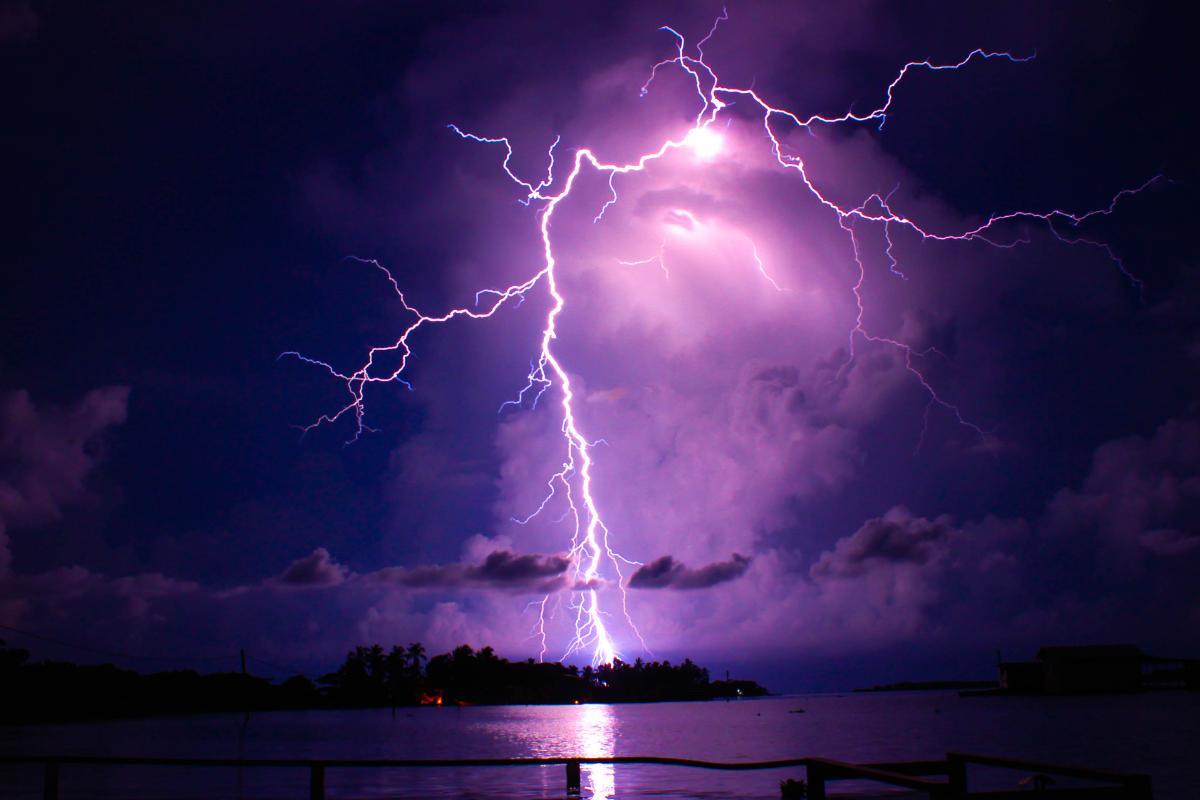What Is Catatumbo Lightning (Relámpago Del Catatumbo)?

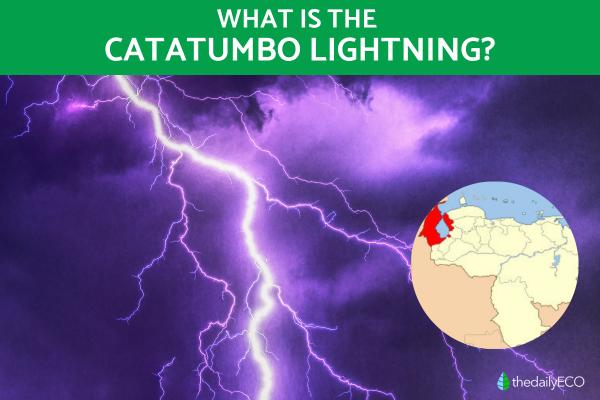
Catatumbo's Lightning is a fantastic display of nature's raw power. Often referred to as the "Everlasting Storm," this region in Venezuela experiences up to 40 lightning strikes every minute, which earn it a place in the Guinness Book of Records. However, there is a scientific explanation for this phenomenon. It's the result of a complex interplay between the unique geographical features of the Catatumbo River basin and specific weather patterns.
The following article by thedailyECO explains what Catatumbo lightning is, as well as the science behind it.
What is the Catatumbo lightning?
For nearly 300 nights a year, a mesmerizing electrical spectacle unfolds over a remote corner of Venezuela. Known as Relámpago del Catatumbo, this persistent storm ignites where the Catatumbo River spills into Lake Maracaibo.
These supercharged conditions unleash a staggering amount of lightning. At its peak, Catatumbo crackles with an estimated 280 strikes per hour, totaling a mind-boggling 1 million strikes annually.
This electrical extravaganza isn't just visually captivating; it plays a crucial role in the local ecosystem. Catatumbo lightning helps regulate the water cycle and promotes biodiversity through the production of nitrogen oxides, which fertilize the surrounding environment.
Despite centuries of scientific inquiry, the full story behind Catatumbo lightning remains a mystery. Researchers continue to delve deeper to understand the precise mechanisms driving this electrical phenomenon and its potential influence on global climate patterns.
It is also important to note that this consistent visibility throughout the year led to its historical use as a navigational aid by ships traveling in the region. Earning the nickname "The Maracaibo Beacon," it provided a natural source of light for nighttime navigation, particularly for vessels approaching the major ports of Maracaibo and Cabimas.
Explore the fascinating science of electrical currents in the atmosphere, and discover what other objects might attract a bolt from the blue.
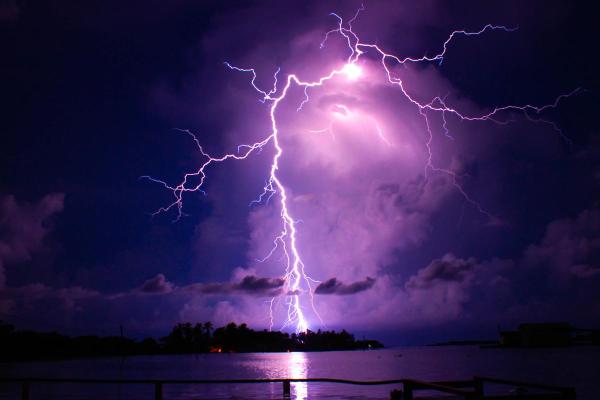
Historical and cultural significance of Catatumbo lightning
The Catatumbo lightning phenomenon isn't just a stunning natural display; it's deeply woven into the history and culture of the communities around Venezuela's Lake Maracaibo and the Catatumbo River. Over centuries, this mesmerizing spectacle has become intertwined with local beliefs, myths, and traditions, shaping how people perceive and interact with their world.
For indigenous communities dwelling near Lake Maracaibo, Catatumbo lightning inspires awe and reverence. It features prominently in their myths and legends, often attributed with spiritual or supernatural powers. Some believe it represents the watchful presence of ancestral spirits, safeguarding the land and its people. Others see it as a divine display, symbolizing the raw power of nature and the gods themselves. These deeply held beliefs, passed down through generations, form an integral part of the cultural identity and spiritual connection to the land. Rituals and ceremonies might incorporate references to Catatumbo lightning, seeking blessings, protection, or guidance from this powerful natural phenomenon.
The history of Catatumbo lightning stretches back centuries. Early explorers and travelers documented their encounters with the mesmerizing electrical storms over Lake Maracaibo. Historical records reveal tales of sailors and adventurers navigating the lake's waters, guided or even deterred by the spectacular lightning displays that illuminated the night sky.
As early as 1597, Spanish playwright Lope de Vega immortalized the phenomenon in his epic poem "The Dragontea." The poem recounts the tale of Sir Francis Drake's failed attempt to capture the Venezuelan city of Maracaibo by night in 1595. Legend has it that Catatumbo's relentless lightning strikes illuminated the approaching ships, alerting the city's defenders and thwarting Drake's surprise attack.
Catatumbo lightning has profoundly influenced the cultural landscape of local communities, shaping their traditions, folklore, and daily life. This awe-inspiring phenomenon is celebrated in festivals, art, music, and storytelling, reflecting its profound significance in the region's cultural heritage.
Local artisans incorporate motifs of lightning and thunderstorms into their crafts, paintings, and sculptures, capturing the essence of Catatumbo lightning's beauty and power. Musicians draw inspiration from the natural spectacle, composing songs and dances that resonate with the rhythms and energy of the lightning storms.
Furthermore, the presence of Catatumbo lightning fosters a sense of pride and identity among the local communities. They recognize it as a unique natural treasure that sets their homeland apart. It serves as a symbol of resilience, beauty, and wonder, uniting people in admiration and respect for the awe-inspiring forces of nature.
Where is the best place to see Catatumbo lightning?
In Venezuela, a mesmerizing natural phenomenon called Catatumbo lightning, or "Relámpago del Catatumbo" in Spanish, unfolds near Lake Maracaibo in Zulia state. Located in the northwest of the country, this natural spectacle primarily occurs within the Catatumbo River basin and the adjacent areas of Lake Maracaibo.
To experience this mesmerizing display, visitors often flock to strategic vantage points along the shores of Lake Maracaibo or the tributaries of the Catatumbo River. Cities such as Maracaibo, San Carlos del Zulia, and Cabimas serve as convenient bases from which to witness the phenomenon in all its glory.
For those interested in firsthand observation, sightseeing excursions and organized tours are available, often led by knowledgeable local guides. These guides can direct visitors to optimal viewing locations and offer insights into the phenomenon's history and characteristics.
When to see the Catatumbo lightning?
It's worth noting that the optimal time to witness the Catatumbo lightning is during the region's rainy season, which typically spans from April to November. During this period, the meteorological conditions are most favorable for the development of thunderstorms and, consequently, the manifestation of the phenomenon.

What causes the Catatumbo lightning?
The Catatumbo lightning phenomenon is a complex natural spectacle that occurs due to a combination of specific geographic and meteorological factors.
A key contributing factor to the formation of Catatumbo lightning is the unique topography of the area. The presence of Lake Maracaibo, the largest lake in South America, combined with the proximity of the Andes Mountains, creates an environment where trade winds from the Caribbean converge.
These moisture-laden trade winds travel over Lake Maracaibo and intersect with the cooler, more stable air mass descending from the mountains. This collision of contrasting air masses initiates a process known as convection, where hot, humid air rises while cold, dry air descends.
The confluence of convection and the convergence of trade winds over Lake Maracaibo and its surroundings create highly favorable conditions for the development of thunderstorms. During the region's rainy season, when the Catatumbo lightning phenomenon is most active, these atmospheric conditions result in the formation of storm clouds charged with static electricity.
When these electrically charged clouds reach a certain height and density, they discharge electricity in the form of lightning. The frequent and intense thunderstorms in the Catatumbo region combine to produce the unique visual spectacle known as Catatumbo lightning.
Catatumbo might be a lightning champion, but there are other electrical wonders in the sky. Discover St. Elmo's Fire, a fascinating phenomenon where electricity dances on ships' masts and airplane wings during storms.

Other amazing facts about the Catatumbo lightning
Hold onto your hats, because here are some more electrifying facts about this natural wonder:
- Catatumbo lightning holds the Guinness World Record for the highest concentration of lightning strikes on Earth, making it a true powerhouse of electrical activity.
- This phenomenon isn't new. For centuries, people have been awestruck by Catatumbo lightning. Records of its brilliance even date back to Spanish colonial times, making it a woven thread in the region's history and culture.
- Scientists suspect Catatumbo lightning could be the planet's biggest producer of ozone, a gas crucial for shielding us from harmful solar radiation. However, further research is needed to confirm this theory.
- Despite its fame and long history, Catatumbo lightning continues to baffle scientists. Ongoing research delves deeper into the exact triggers of this phenomenon and its broader impact on climate and the environment.
- Beyond its stunning visuals, Catatumbo lightning plays a vital role in the local environment. The electrical activity helps release nitrogen into the soil, fertilizing the land. It may even influence the water chemistry of Lake Maracaibo and surrounding areas.
- The exceptional intensity of Catatumbo lightning allows it to be visible from up to 400 kilometers away.
- Due to the distance between the lightning and observers on the ground, thunder associated with Catatumbo lightning is typically inaudible.
- Catatumbo lightning is estimated to produce a staggering 1.2 million lightning discharges per year.
- Catatumbo lightning has earned some colorful nicknames amongst the locals. They call it "El Faro de Maracaibo" (The Lighthouse of Maracaibo) and "El Relámpago Eterno" (The Eternal Storm), reflecting its awe-inspiring nature and its enduring presence.
Intrigued by the invisible forces behind Catatumbo lightning? Dive deeper into the world of atmospheric electricity and discover other fascinating electrical phenomena that crackle across our planet
If you want to read similar articles to What Is Catatumbo Lightning (Relámpago Del Catatumbo)?, we recommend you visit our Meteorological phenomena category.


